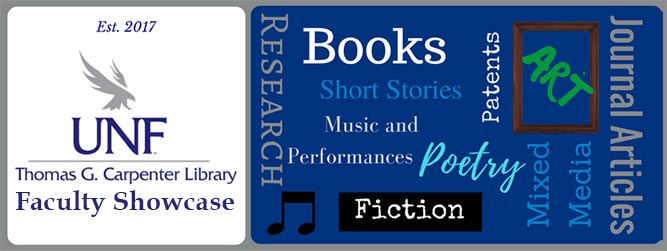
College
College of Arts and Sciences
Department
Physics
Rank
Assistant Professor
Type of Work
Journal Article
Publication Information
Ahnen, M.L., Ansoldi, S., Antonelli, L.A., et al. 2019, Monthly Notices of the Royal Astronomical Society, 485, 356
Description of Work
The HAWC Collaboration released the 2HWC catalogue of TeV sources, in which 19 show no association with any known high-energy (HE; E>10 GeV) or very-high-energy (VHE; E>300 GeV) sources. This catalogue motivated follow-up studies by both the Major Atmospheric Gamma-ray Imaging Cherenkov (MAGIC) and Fermi-LAT (Large Area Telescope) observatories with the aim of investigating gamma-ray emission over a broad energy band. In this paper, we report the results from the first joint work between High Altitude Water Cherenkov (HAWC), MAGIC, and Fermi-LAT on three unassociated HAWC sources: 2HWC J2006+341, 2HWC J1907+084*, and 2HWC J1852+013*. Although no significant detection was found in the HE and VHE regimes, this investigation shows that a minimum 1 degree extension (at 95 per cent confidence level) and harder spectrum in the GeV than the one extrapolated from HAWC results are required in the case of 2HWC J1852+013*, whilst a simply minimum extension of 0.16 degrees (at 95 per cent confidence level) can already explain the scenario proposed by HAWC for the remaining sources. Moreover, the hypothesis that these sources are pulsar wind nebulae is also investigated in detail.
MAGIC and Fermi-LAT gamma-ray results on unassociated HAWC sources
The HAWC Collaboration released the 2HWC catalogue of TeV sources, in which 19 show no association with any known high-energy (HE; E>10 GeV) or very-high-energy (VHE; E>300 GeV) sources. This catalogue motivated follow-up studies by both the Major Atmospheric Gamma-ray Imaging Cherenkov (MAGIC) and Fermi-LAT (Large Area Telescope) observatories with the aim of investigating gamma-ray emission over a broad energy band. In this paper, we report the results from the first joint work between High Altitude Water Cherenkov (HAWC), MAGIC, and Fermi-LAT on three unassociated HAWC sources: 2HWC J2006+341, 2HWC J1907+084*, and 2HWC J1852+013*. Although no significant detection was found in the HE and VHE regimes, this investigation shows that a minimum 1 degree extension (at 95 per cent confidence level) and harder spectrum in the GeV than the one extrapolated from HAWC results are required in the case of 2HWC J1852+013*, whilst a simply minimum extension of 0.16 degrees (at 95 per cent confidence level) can already explain the scenario proposed by HAWC for the remaining sources. Moreover, the hypothesis that these sources are pulsar wind nebulae is also investigated in detail.

Biographical Statement
I am an astrophysicist interested in energetic processes that occur in our own Milky Way and nearby galaxies. I focus on the acceleration and propagation of cosmic rays, which drive chemistry in interstellar clouds. I am also studying the unique environment at our galaxy's center, which hosts the highest density of massive stars and the closest massive black hole. My research uses ground and space observatories that span the entire electromagnetic spectrum from radio to infrared to gamma rays.